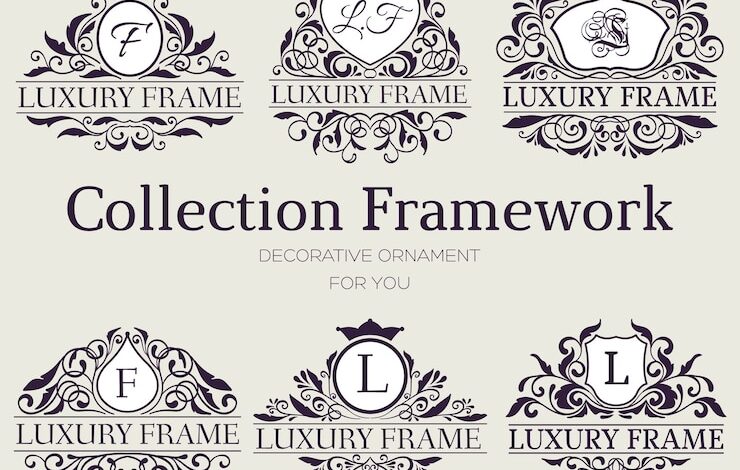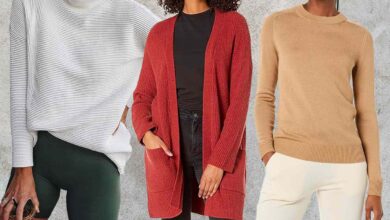The Timeless Allure of French Fashion Monograms since 1962

When it comes to the elegance and sophistication of luxury fashion, few elements are as instantly recognizable and enduring as the French fashion monogram since 1962. This iconic symbol has not only graced the runways but also secured a permanent place in the wardrobes of fashion enthusiasts across the globe. In this blog post, we will take you on a captivating journey through the history, evolution, and impact of the French fashion monogram, exploring its significance in the world of luxury shopping and its future prospects in the fashion industry.
A Brief History and Significance
The French fashion monogram first burst onto the scene in 1962, revolutionizing the way we perceive luxury. This emblem, often representing a brand’s initials or logo, quickly became synonymous with high fashion and exclusivity. Its inception marked a turning point in the fashion industry, where branding began to play a crucial role in consumer perception and loyalty.
In the early 1960s, fashion houses like Louis Vuitton and Hermès pioneered the use of monograms, embedding their logos into everything from handbags to scarves. This was not just a design choice but a statement of identity. The monogram served as a seal of authenticity and quality, instantly recognizable and highly coveted.
Evolution Over the Years
Over the decades, the French fashion monogram has undergone significant transformations while maintaining its core essence. The 1970s and 1980s saw a surge in the popularity of monogrammed accessories. Designers experimented with different patterns, colors, and materials, keeping the monogram fresh and appealing to new generations.
The 1990s introduced a wave of minimalism, where the monogram took a backseat to more understated designs. However, it never disappeared entirely. Instead, it evolved to fit the aesthetic of the times, showcasing the versatility and adaptability of the monogram.
In the 2000s and beyond, the monogram made a triumphant return, often reimagined in bold and innovative ways. High-profile collaborations with artists and designers breathed new life into these classic symbols, proving that the French fashion monogram since 1962 is timeless yet always contemporary.
Influence on Luxury Shopping
The influence of French fashion monograms on luxury shopping cannot be overstated. These symbols have become status indicators, representing not just a brand but a lifestyle. For luxury shoppers, owning a monogrammed piece is a testament to their taste and sophistication.
Consumer behavior in the luxury market is often driven by the desire for exclusivity and quality. French fashion monograms fulfill both these needs. They offer a tangible connection to the heritage and craftsmanship of prestigious fashion houses, making them highly desirable.
Furthermore, monogrammed items often appreciate in value over time, making them an investment. This has cemented their place in the luxury market, where consumers are willing to pay a premium for these timeless pieces.
Notable Designers and Collaborations
Several key designers and memorable collaborations have shaped the image of the French fashion monogram since 1962. Louis Vuitton, for example, has collaborated with artists like Takashi Murakami and Jeff Koons, creating limited-edition collections that blend art with fashion.
Hermès, another iconic French brand, has worked with renowned designers to reinterpret its monogram in innovative ways. These collaborations have not only kept the monogram relevant but also expanded its appeal to diverse audiences.
These partnerships highlight the versatility of the monogram, proving that it can be both a canvas for artistic expression and a symbol of luxury. The fusion of traditional craftsmanship with modern creativity has ensured the monogram’s continued prominence in the fashion world.
The Future of Monograms
Looking ahead, the future of French fashion monograms appears bright and promising. With advancements in technology and changing consumer preferences, monograms are set to evolve even further. Personalization and customization are likely to play a significant role, allowing consumers to create unique pieces that reflect their individuality.
Sustainability is another crucial factor that will shape the future of monograms. Brands are increasingly focusing on eco-friendly practices, and monograms will need to align with these values. This could mean using sustainable materials or adopting ethical production methods, ensuring that the monogram remains relevant in a rapidly changing world.
Additionally, the integration of digital technology, such as augmented reality and blockchain, could offer new ways to experience and authenticate monogrammed products. These innovations will not only enhance the consumer experience but also add layers of security and transparency to the luxury market.
Conclusion
In conclusion, the French fashion monogram since 1962 has stood the test of time, evolving with the fashion industry while retaining its core appeal. From its inception as a symbol of exclusivity and quality to its current status as a global fashion icon, the monogram has captivated the hearts of fashion enthusiasts and luxury shoppers alike.
Its ability to adapt and stay relevant in a constantly changing world is a testament to its enduring allure. Whether through innovative collaborations, technological advancements, or a commitment to sustainability, the future of the French fashion monogram looks bright and full of potential.

